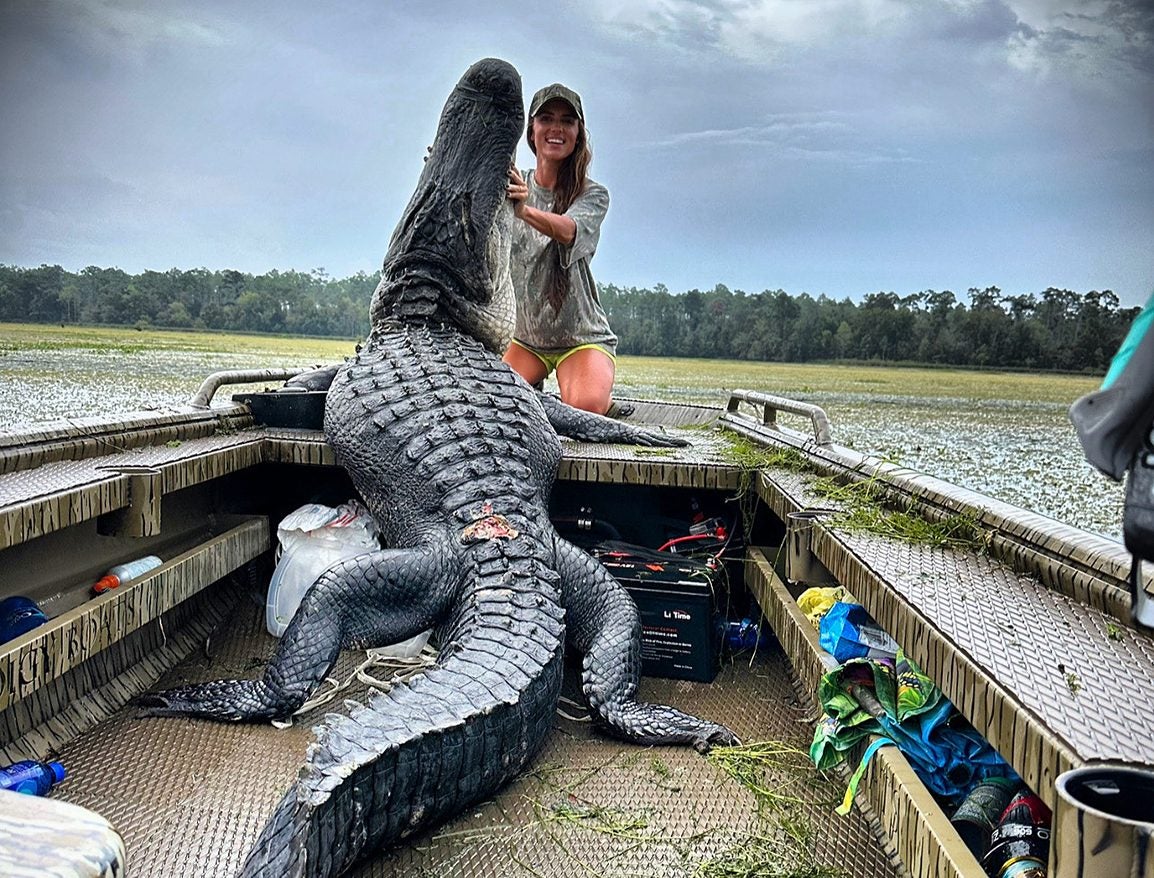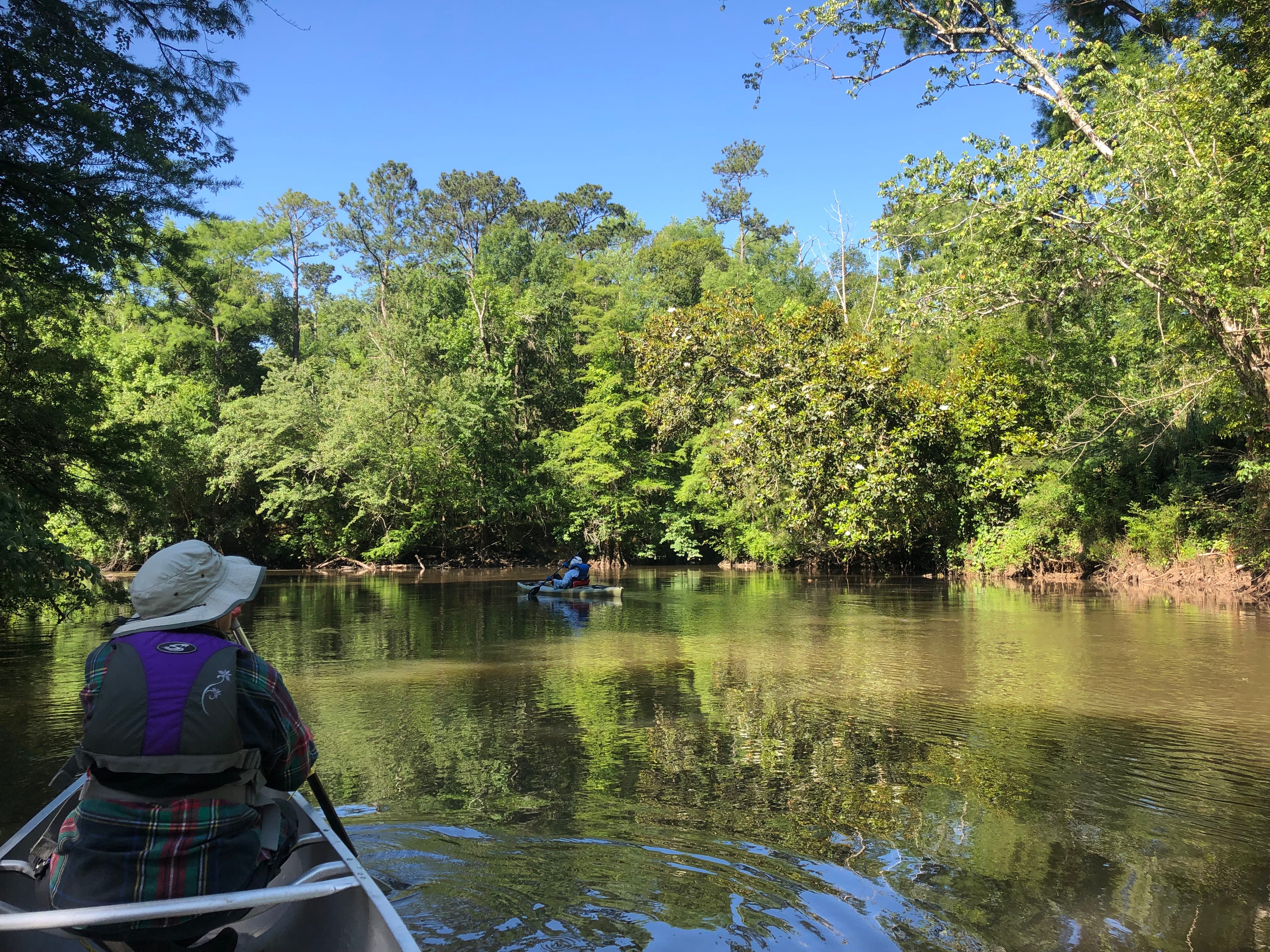Finding best fish bait
Published 2:45 pm Tuesday, February 1, 2011
February is here and hopefully with it will come a turn for the better in the weather.
Fish have not done all that bad, but the fishermen for the most part have not been able to take the cold that we have been blessed with. The folks that have fought the elements have caught a few fish and even now and again there has been a really good catch or two.
It has certainly been cold enough, dropping the water temperature down low enough to knock back the grass over most of the lake. Places it is on the bottom and we will have some good fishing in those areas for a while, at least through most of the spring and in some instances into the summer. But by late summer the grass will again be on the surface for you to walk across. Just a respite from the heavy thick grass is good, but we never want the grass to go entirely away, especially the hydrilla. The hydrilla is a fine place to grow freshwater shrimp. Practically every fish in the lake eats freshwater shrimp in one way or another. Some gobble them up while others eat the fish that have eaten the shrimp. These little creatures have helped to make the bream and shellcracker in Lake Seminole grow pretty big and haven’t been bad for the other fish either.
They have finally been getting some rain down in the national forest and it should help grow some fine pondworms for us to fish with during the bedding season in the spring. Sometimes they get a little scarce, but so have little reds during the last couple of years. I guess big red worms have been the easiest worms to get lately. Worms can be raised and there is good money in raising them. My Dad had him a bed of wild wigglers. There were so many there that all you had to do was put one fork in the ground and turn the dirt over. You would turn out enough worms to fish all day. He had a great time using all the basically free worms that he wanted. And then the armadillas found the bed. They made a big dent in the population and then went on to heaven. These rascals can ruin a money-making operation.
A few folks around Bainbridge still raise worms and sell them to the folks that sell them to you, the public. Wigglers and little reds are the most common ones here, but you may find someone that has the big reds also … Florida pond worms come from the national forest in the panhandle of Florida. Georgia pondworms come from up above Colquitt and around Damascus. They are a little smaller than the Florida variety, but otherwise look the same.
Another big live bait used here and really over most of the southern part of the United States is a cricket. Folks say the ones to fish with are the blue eyed six legged ones. I have never seen a blue-eyed one so I suspect it would be the one to catch the most fish. They are related to a roach, but unlike a roach they are very easy to kill. Folks that raise and sell crickets say that you can spray some insect repellent on the opposite side of a building that has crickets in it and the next day the crickets will have died. Some won’t even wait until the next day. This one farmer had his boat loaded to go fishing including his cricket baskets filled with bugs. A crop duster sprayed the field across from his house. He watched the plane make a few passes and then went to the lake. And then he came on back to the house because all of his crickets were dead. For something kin to a roach, they are surely easy to kill.




